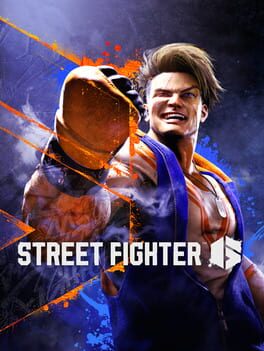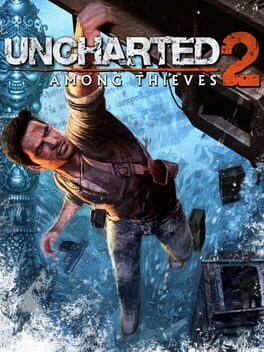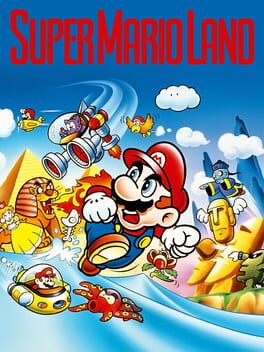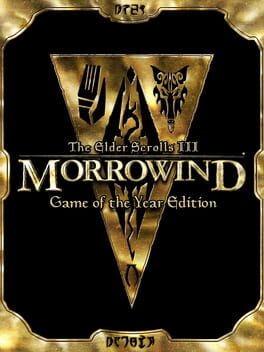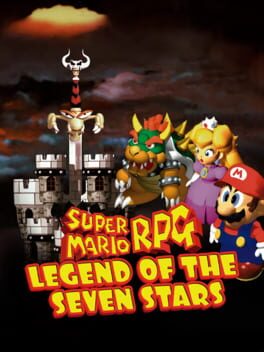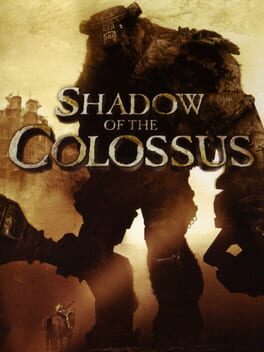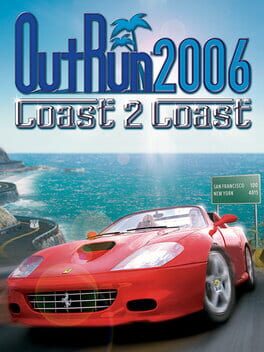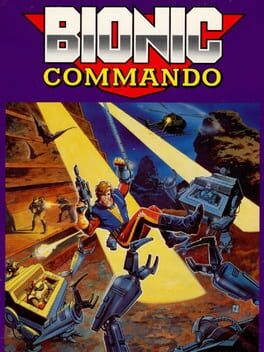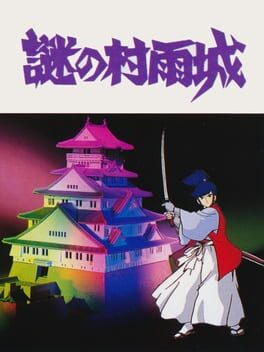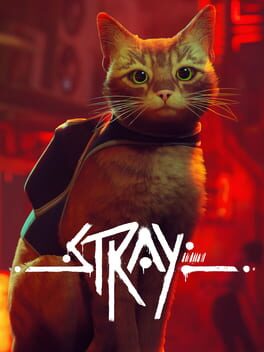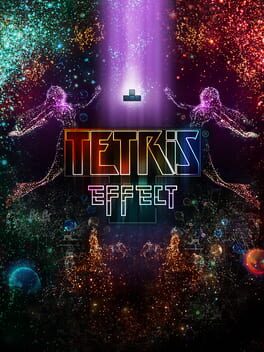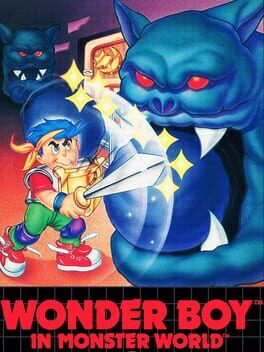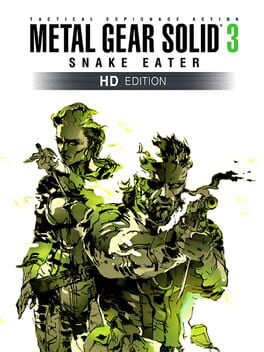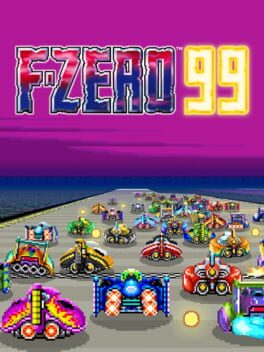KKGlider
2023
An incredibly well-designed game. Complex, deep, and skill testing (whether against the AI or another player), while still being accessible. If you're up for the challenge and are ready to engage with some deep gameplay, go for it, because it can feel deeply rewarding. The things surrounding the periphery of the gameplay (single-player; character customization/micro-transactions) are inoffensive at best, but if you end up liking them, a bonus.
It's quality work. Naughty Dog has done a great job with production, writing, casting... all facets, really. But when it comes down to it, this a straightforward---utterly linear--cinematic experience interwoven with the bare minimum of what can be considered "gameplay". It's a small series of traversal scenarios, puzzles, traversal-puzzles, and glorified shooting galleries. And if you're up for it, some hidden object gameplay. A fun romp, sure, but mostly vapid. Maybe the multiplayer was good?
1989
Incredibly weird and quirky, but most surprisingly, very aesthetically pleasing in look and sound. It doesn't quite play right, but it's so weird and quirky, that it's worth checking out for Mario fans, if only because it demands so little of your time.
Exceptional production quality. Very few games enjoy the budget and talent behind it that this got. As for the gameplay, it is a straightforward action-adventure game motivated by fetch quests, but there are so many (maybe too many) systems at play that it’s at least interesting. And while I don’t think narrative is an important part of videogames, this one was atleast engaging and entertaining. Ultimately, I found the experience very fun if only because of the novelty and sleek presentation.
Morrowind was a technical and artistic achievement. Great world building, complex systems, and interestingly written scenarios make for a fun kind of sandbox. But for the sake of openness, it lacks the objective based gameplay and design generally found in a videogame. Unfortunately, because the world relies so much on tech, it now feels lackluster, with little actual gameplay to carry it. Still fun, but not as impressive as it maybe once was, though you can see the remains of greatness.
Just a cute, little, 16-bit RPG. Has enough charm, humor, and challenge to remain engaging throughout. Just a delight, and no doubt one of the best games the SNES has to offer.
It's definitely aged, because controlling things can be relatively clunkly and awkward by modern standards. But Shadow of the Colossus is nonetheless a beautiful and compelling experience unlike any other. Fans of frenetic action may be bored by the more meditative lulls, but I think they serve to punctuate its more dramatic and epic moments. Truly a gem. Highly recommend.
Keep in mind that OutRun was designed to give you cheap thrills at 100¥ a pop, not to provide a long winded "campaign", "tour", or "career" sim. And what a thrill it is. An unmatched audio-visual driving experience that's beaming with personality. It's infinitely fun and being able to play it on a handheld (though somewhat compromised), anytime and anywhere, is a gift. Add this to your library if you can, because even for a few minutes here and there, your life will be better for it.
1988
Bionic Commando is definitively one of the best games the NES has to offer; that may be a low bar by modern standards, but in 1988, it was incredible. Playing it now, if you're willing to engage with it on its own terms, you'll find that it's still a fun and unique game. And [spoilers] Hitler's head explosion is true pixel art---put that in a museum.
Incredible in that it almost feels like a modern roguelite. I found myself in a cycle of traversing maze-like levels, finding hidden powerups, dying a lot, and starting over until I'd mastered it. If the levels were randomly generated, it'd be hard to tell the difference between a modern game, I think. But that's what could have been, what it is, is a tight, satisfying, action game. Short but sweet, and worth checking out if only as a historical novelty.
2022
Conceptually, "a sci-fi adventure game, but you play as a cat", is pretty dull to me. But Stray is so well executed in every way, that it's hard to fault it. Gameplaywise, there just isn't anything innovative going on---in fact, it's pretty straight forward and ordinary, though, competent. But that may be a plus, actually, in terms of accessibility. Regardless, I have nothing but praise for BlueTwelve's design, sound, visuals, and narrative. True craftsmanship, and ultimately, enjoyable.
2018
This isn't just Tetris, this is Tetsuya Mizugishi's Tetris, and if you know, you know. Fans of his previous work have undoubtedly already played this and loved it; if you didn't love his previous work, this won't change your mind; but if you loved this game, and have never played another of Tetsuya Mizugishi's games, then, please, add them to your backlog.
Jeremy Parish called Monster World II a "masterpiece" of the Metroidvania genre. MWIII then, is the 16-bit evolution of that masterpiece. Westone is not given enough recognition for their contribution to the medium, and I think it's notable how many modern games are still similar to this 1991 gem. It's simplistic by modern standards, sure, but that simplicity---along with its pleasant visuals---make for a comfy game that's a breeze to revisit. A classic.
Let's be honest. As a game, MGS3 is not good. Maybe it's its age. In fact, they simply do not make games like this anymore. And that's a shame. Because in spite of its clunkiness as a game, it still manages to be a fun experience. Not just because its cinematic qualities make for a fun ride, but because it uses the videogame medium in a compelling way. I think anyone interested in videogames should check it out. It's definitely one of the best and unique games of its era, at least.
2023
Perfectly designed in the same way pinball is perfectly designed. Kinetic gameplay, with simple rules, clear objectives, and immediate feedback. It's easy to learn, but hard to master. It involves skill, strategy, and luck. It offers variety, unpredictability, and replayability. All that, dressed in a nostalgic and aesthetically appealing presentation, while being playable anytime and anywhere with WiFi.
